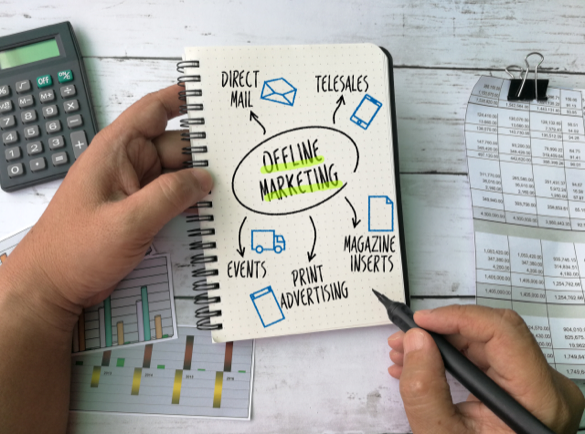
The COVID-19 pandemic has certainly been a spanner in the works of business operations, not least email marketing campaigns. In a survey of over 2,000 marketing professionals weighing in on what’s driving their email strategies and what they think the future of email looks like, three quarters said they have had to alter email strategies owing to the pandemic.
Email one of the top two most effective marketing channels
While a third of those surveyed reported their marketing budgets have remained constant since the COVID-19 outbreak—only 11% saw a budget increase—more than 40% of respondents saw budget cuts to email since the pandemic began.
Consisting of email and marketing specialists, team leads, managers, directors, VP-level executives, and C-level executives in the marketing field, the survey conducted by Litmus found that 77% of respondents claim email as one of their top two most effective marketing channels.
More than half of the respondents hold leadership positions, while 44% of respondents hold positions such as email designer, developer, digital strategist, and marketing analyst. Here are some of the key reasons given for the preponderance of email.
More targeted, personalized content that delights customers
With so many users spending so much time in their email inboxes—figures from Statista project global email users will increase from 3.9 billion in 2019 to 4.48 billion in 2024—content that’s designed specifically for them using dedicated marketing tools by platforms such as 12Handz is one of the best ways to delight and engage consumers.
Build authority and credibility with trustworthy content
Especially for businesses in industries where lead nurturing takes time, email marketing helps you create trust and credibility. According to HubSpot, many businesses might need around eight touchpoints to guarantee prospecting success. Increasing email frequency can make a positive difference for businesses whose competitors are communicating with users far less.
Increase brand recognition
While consumers are spending more time with email, they’re also getting more email. According to the “Email Statistics Report, 2018-2022” by the Radicati Group, Inc., daily email traffic growth is expected to grow 4.3% in 2021 and 4.3% in 2022.
To cut through the noise, businesses that increase their frequency may be more recognizable among other senders.
Create loyalty
Drip email marketing campaigns can keep users engaged with, interested in, and loyal to your business. Strategic campaigns that take customers on a journey give users something to look forward to interacting with. This strengthens the relationships recipients have with your business.


